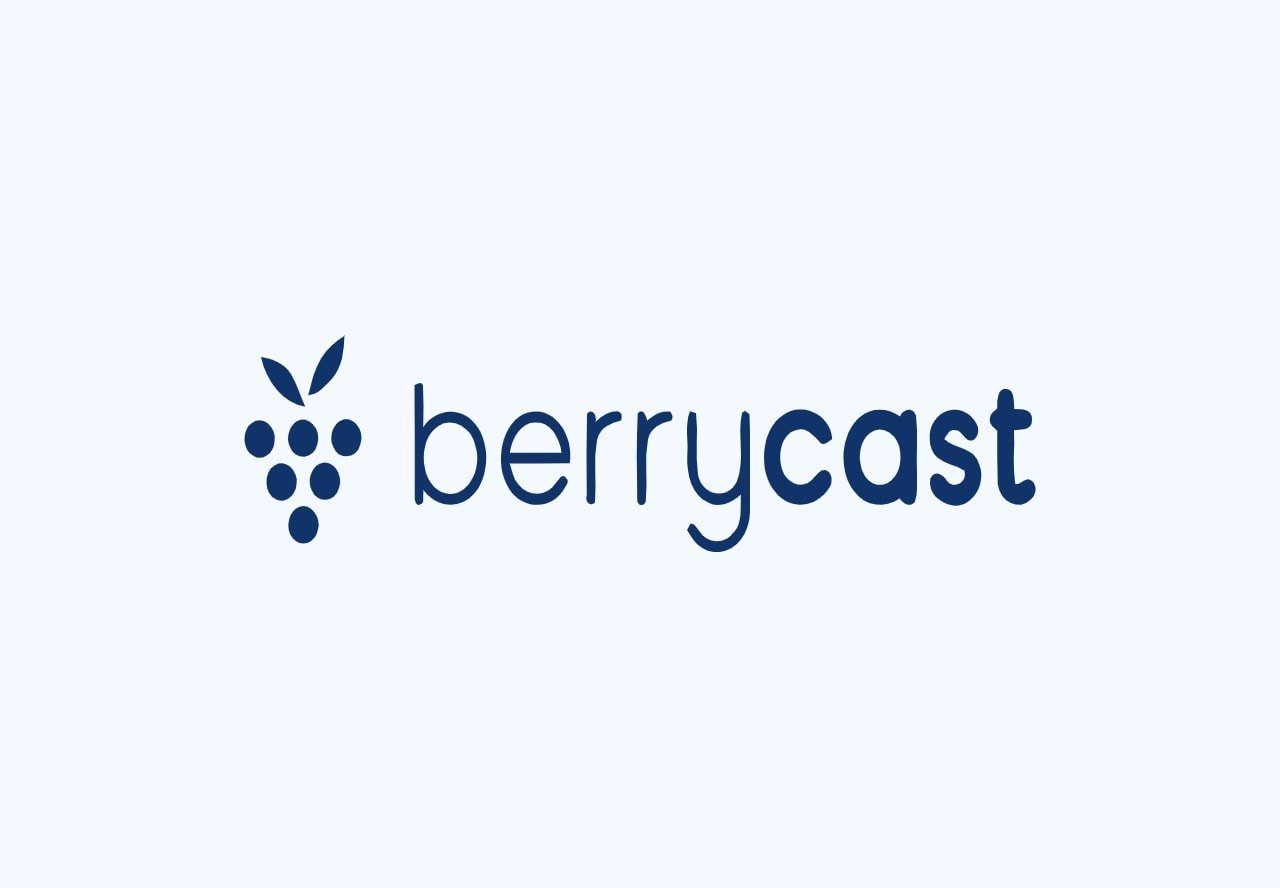Effective team collaboration is essential in today’s workplace. It boosts productivity and fosters innovation.
Understanding various team collaboration examples can help you enhance your work environment. In this blog post, we’ll explore different ways teams can work together efficiently. From brainstorming sessions to project management tools, there are many methods to improve collaboration. Knowing these examples can inspire better teamwork in your organization.
Whether you’re a manager or a team member, learning about these strategies is valuable. It helps in creating a more cohesive and productive team. So, let’s dive into some practical examples and see how they can benefit your team.

Credit: www.officernd.com
Importance Of Team Collaboration
Team collaboration plays a crucial role in achieving business goals. It brings together diverse skills and perspectives, leading to better problem-solving and decision-making. Effective collaboration fosters a positive work environment where employees feel valued and motivated. This can result in higher job satisfaction and retention rates.
Enhancing Productivity
Collaboration helps teams complete tasks more efficiently. Sharing responsibilities and leveraging individual strengths can reduce the workload on each team member. This leads to faster project completion and higher quality outcomes.
- Tasks are distributed according to skill sets
- Reduces individual stress
- Encourages mutual support
Moreover, collaboration tools like project management software and communication platforms streamline workflows. These tools make it easier to track progress, share documents, and communicate in real-time. This minimizes delays and keeps everyone on the same page.
Driving Innovation
Innovation thrives in a collaborative environment. When team members share ideas and feedback, they can build on each other’s insights. This creative exchange often leads to unique solutions and new opportunities.
- Brainstorming sessions
- Cross-functional teams
- Open communication channels
For example, a cross-functional team might include members from marketing, development, and design. Each member brings a different perspective, which can spark innovative ideas. Encouraging open communication ensures that these ideas are heard and considered.
In conclusion, effective team collaboration is essential for enhancing productivity and driving innovation. By leveraging diverse skills and fostering a supportive environment, businesses can achieve greater success and employee satisfaction.
Successful Collaboration Techniques
Effective team collaboration can greatly enhance productivity and creativity. Implementing successful collaboration techniques fosters better communication, trust, and efficiency among team members. Below, we explore some proven techniques for successful team collaboration.
Regular Meetings
Regular meetings are essential for keeping everyone on the same page. They provide a platform for sharing updates, discussing challenges, and aligning goals. Consider the following tips for effective meetings:
- Set a clear agenda: Define the purpose and topics for discussion.
- Keep it short: Aim for concise meetings to respect everyone’s time.
- Encourage participation: Ensure all team members have a chance to speak.
- Follow-up: Summarize key points and action items at the end.
Example table for meeting schedule:
| Meeting Type | Frequency | Duration |
|---|---|---|
| Daily Stand-up | Daily | 15 minutes |
| Weekly Sync | Weekly | 30 minutes |
| Monthly Review | Monthly | 1 hour |
Use Of Collaboration Tools
Collaboration tools streamline communication and project management. They help in sharing documents, tracking tasks, and organizing information. Here are some popular tools:
- Slack: Instant messaging for teams with channels for different topics.
- Trello: Visual project management using boards, lists, and cards.
- Google Drive: Cloud storage for document sharing and collaboration.
- Zoom: Video conferencing for virtual meetings.
Choosing the right tools depends on your team’s needs. For instance, Slack and Zoom are great for communication. Trello is ideal for task management. Google Drive excels in document sharing.
Implementing these tools can enhance teamwork. They make remote collaboration easier and more efficient.
Case Studies Of Effective Collaboration
Effective team collaboration can significantly impact a project’s success. Examining real-life case studies provides valuable insights into how different industries excel in teamwork. Here, we explore some case studies of effective collaboration in the tech and healthcare industries.
Tech Industry Examples
Tech companies often rely on collaboration to drive innovation. Here are some standout examples:
- Google’s Project Aristotle: Google studied team dynamics to understand what makes a successful team. The project revealed that psychological safety is a key factor. Teams with a safe environment outperform those without.
- Slack’s Remote Work Success: Slack’s team collaborated effectively during the pandemic. They used their own platform to maintain communication and productivity. This helped them continue delivering updates and support to users.
These examples demonstrate the importance of a safe environment and effective communication tools in the tech industry.
Healthcare Industry Examples
Collaboration in healthcare can improve patient outcomes and operational efficiency. Here are some notable examples:
- Mayo Clinic’s Multidisciplinary Teams: Mayo Clinic uses teams of specialists from different fields. This approach ensures comprehensive care for patients. Regular team meetings help coordinate treatment plans effectively.
- Johns Hopkins Armstrong Institute: This institute focuses on patient safety and quality improvement. Teams work together to implement safety protocols and reduce medical errors. Their collaborative efforts have significantly improved patient care.
These healthcare examples highlight the benefits of multidisciplinary teams and focused collaboration on patient safety.

Credit: helpfulprofessor.com
Role Of Leadership In Collaboration
Effective team collaboration hinges on strong leadership. Leaders set the tone for how a team works together. They create an environment where open communication and trust thrive.
Encouraging Open Communication
Leaders play a crucial role in fostering open communication. They must ensure every team member feels heard. This can be achieved through regular team meetings and one-on-one check-ins.
Tools like Slack or Microsoft Teams can help facilitate continuous dialogue. Leaders should also encourage feedback and suggestions. This not only boosts morale but also sparks innovation.
Here are some ways to encourage open communication:
- Hold regular team meetings.
- Use collaborative tools like Slack.
- Encourage feedback and suggestions.
- Promote a culture of transparency.
Building Trust
Trust is the foundation of any successful team. Leaders must lead by example to build trust. They should be honest and transparent in their actions.
Trust can also be built through team-building activities. These activities help team members get to know each other better. Leaders should also recognize and reward team achievements.
Here are some strategies to build trust:
- Be honest and transparent.
- Organize team-building activities.
- Recognize and reward achievements.
- Encourage mutual respect among team members.
A table can also be useful to summarize the key points:
| Strategy | Description |
|---|---|
| Open Communication | Regular meetings, feedback, and collaborative tools. |
| Building Trust | Honesty, team activities, and recognition. |
Collaboration Tools And Platforms
Collaboration tools and platforms are essential for modern teams. They help streamline workflows, enhance communication, and ensure everyone stays on the same page. From project management software to communication apps, these tools boost efficiency and productivity.
Project Management Software
Project management software helps teams organize tasks, set deadlines, and track progress. Popular examples include Trello, Asana, and Monday.com.
- Trello: Uses boards, lists, and cards to manage tasks.
- Asana: Offers task lists, timelines, and project dashboards.
- Monday.com: Provides customizable workflows and visual project tracking.
These tools often include features like:
- Task assignments
- Deadline tracking
- Progress monitoring
They help teams stay organized and meet deadlines efficiently.
Communication Apps
Communication apps facilitate real-time conversation and file sharing. They keep team members connected, no matter where they are. Examples include Slack, Microsoft Teams, and Zoom.
- Slack: Allows for organized channels and direct messaging.
- Microsoft Teams: Integrates with Office 365 and supports video calls.
- Zoom: Enables high-quality video conferencing and webinars.
Key features of these apps include:
- Instant messaging
- Video conferencing
- File sharing
Using these apps, teams can collaborate more effectively and maintain clear communication.
Challenges In Team Collaboration
Effective team collaboration often faces many challenges. These obstacles can impact productivity and harmony among team members. Let’s discuss some of the common hurdles teams face in collaboration.
Remote Work Barriers
Remote work has become more common, but it brings its own set of challenges. Communication is one of the biggest issues. Without face-to-face meetings, misunderstandings can occur. Time zone differences make scheduling meetings difficult. Sometimes, team members feel isolated. This leads to a lack of engagement and lower productivity.
| Barrier | Impact |
|---|---|
| Communication | Misunderstandings |
| Time Zones | Scheduling Issues |
| Isolation | Lower Engagement |
Cultural Differences
Teams today often include people from different cultures. Cultural differences can cause problems in collaboration. Different cultures have different work styles and communication habits. Some cultures prefer direct communication, while others do not. This can lead to misunderstandings and conflicts.
- Work Styles: Different approaches to tasks.
- Communication Habits: Direct vs. indirect communication.
- Conflict Resolution: Varied methods of dealing with conflicts.
Understanding these challenges is the first step to improving team collaboration. Awareness and proactive strategies can help overcome these barriers.
Strategies To Overcome Collaboration Challenges
Team collaboration often faces several challenges that can hinder productivity. These challenges range from conflicts among team members to a lack of a collaborative culture. Identifying effective strategies to overcome these challenges can significantly enhance team performance.
Effective Conflict Resolution
Conflicts in teams are inevitable. But resolving them quickly is crucial. One effective method is to address issues immediately. Don’t let them fester. This prevents minor disagreements from escalating.
Another strategy is active listening. Encourage all team members to speak. Ensure everyone feels heard. This reduces misunderstandings and promotes a healthy dialogue.
Using a neutral mediator can also help. A mediator can provide an unbiased perspective. This helps in finding a fair solution. For more serious conflicts, consider professional mediation services.
Building A Collaborative Culture
A collaborative culture is essential for effective teamwork. Start by promoting open communication. Encourage team members to share ideas freely. This fosters a sense of trust and openness.
Another strategy is setting clear goals. Make sure everyone knows the team’s objectives. Align individual tasks with these goals. This ensures everyone works towards a common purpose.
Regular team-building activities can also help. These activities strengthen relationships among team members. They also improve morale and cooperation.
Finally, recognize and reward collaboration. Celebrate team achievements. This motivates members to continue working together effectively. Rewards can be simple, like a thank-you note or a small gift.

Credit: www.vantagecircle.com
Future Trends In Team Collaboration
The future of team collaboration is rapidly evolving. With the rise of technology, new trends are emerging. These trends promise to make teamwork more efficient and engaging. Let’s explore some of these exciting future trends.
Ai And Automation
Artificial Intelligence (AI) and automation are transforming team collaboration. AI tools can handle repetitive tasks, freeing up team members for more creative work. AI can also provide insights by analyzing large amounts of data. This helps teams make better decisions.
Automation tools can streamline workflows. They reduce the need for manual processes. For example, automated project management tools can track progress. They can also send reminders for deadlines. This ensures that everyone stays on track.
| AI Tool | Function |
|---|---|
| Chatbots | Answer common questions, provide support |
| Data Analytics | Analyze trends, offer insights |
| Task Automation | Automate repetitive tasks |
Virtual Reality Meetings
Virtual Reality (VR) meetings are becoming more popular. VR technology allows team members to meet in a virtual space. This can make remote meetings feel more personal. It can also enhance engagement and collaboration.
In a VR meeting, team members can interact with 3D objects. They can also use virtual whiteboards. This makes brainstorming sessions more interactive. It also helps in visualizing complex ideas.
- Improves remote team engagement
- Enhances interactive brainstorming
- Facilitates 3D object manipulation
The future of team collaboration is bright. With AI and VR, teams can work more effectively. These technologies will continue to evolve. They will bring new possibilities for collaboration.
Frequently Asked Questions
What Are Team Collaboration Examples?
Team collaboration examples include brainstorming sessions, project management tools, and daily stand-up meetings. These methods improve communication and productivity. They help teams align their goals. Successful collaboration often involves using shared digital platforms and open communication channels.
How Do Teams Collaborate Effectively?
Teams collaborate effectively by setting clear goals, using communication tools, and holding regular meetings. These practices enhance understanding and alignment. Collaborative software also aids in task management. Ensuring everyone understands their role is crucial.
What Tools Enhance Team Collaboration?
Tools like Slack, Trello, and Zoom enhance team collaboration. They facilitate communication and project management. These tools help teams stay organized and connected. They also allow for real-time updates and feedback.
Why Is Team Collaboration Important?
Team collaboration is important because it boosts productivity and innovation. It fosters a sense of unity and shared purpose. Collaborative efforts lead to better problem-solving and creativity. It also improves employee satisfaction and retention.
Conclusion
Team collaboration can transform the way your team works. Examples shared here show real, practical methods. Try these strategies with your team. Notice the improvement in communication and productivity. Collaboration can lead to innovative solutions. Keep experimenting and find what fits best.
Remember, teamwork is key to success. Boost your team’s performance with these tips. Happy collaborating!





